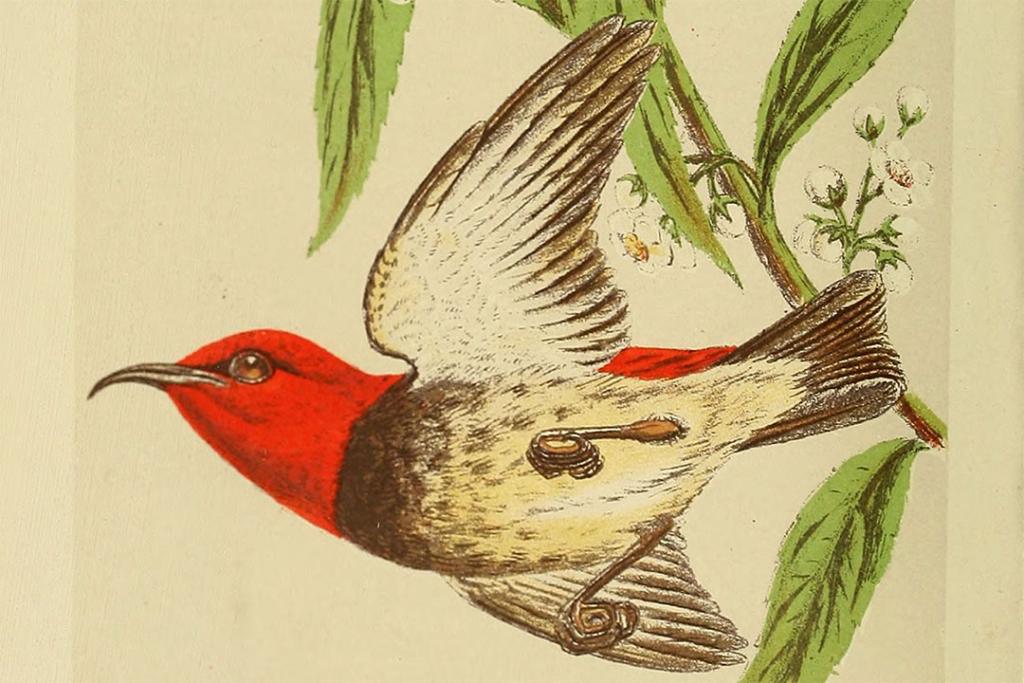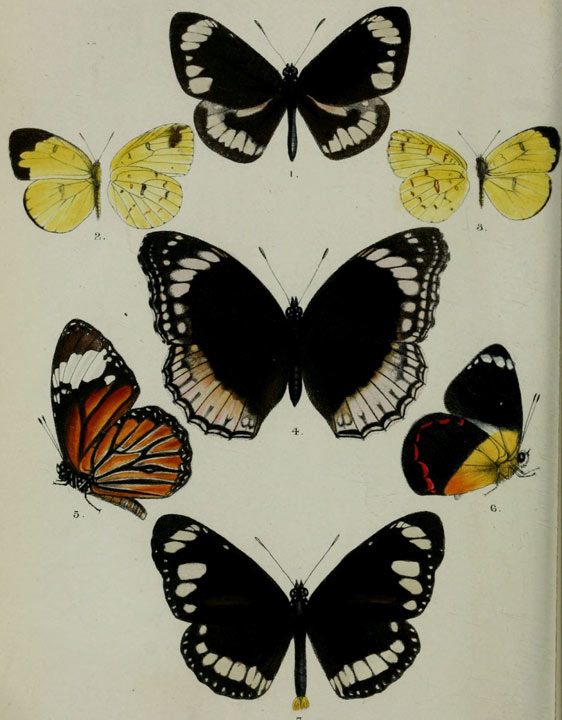In focus: Anna Forbes, Naturalist

In 1882, after four years of contact only through letters, Annabella Keith (soon to be Forbes) set off alone to rendezvous with her fiancé on the other side of the world. The couple married in Jakarta before embarking for the Tanimbar Islands. These islands, in the Banda Sea between Timor and New Guinea, had rarely been visited by Europeans. Tracing the footsteps of their hero, Alfred Russel Wallace, the newlyweds were driven by a passion for exploration of the natural world and were in search of “new forms of life” - exotic animals and plants for museums and private collectors in England.
At 24 years old Forbes left behind a middle-class Victorian upbringing in Aberdeen for a “wandering and hut life” in the tropics. Like other pioneering femme d'explorateur, such as Isabella Lucy Bird, Forbes published a book about her travels in the form of diary excerpts and letters home. Although modestly titled, Experiences of a Naturalist’s Wife in the Eastern Archipelago, Forbes had every right to claim the title of Naturalist for herself.
The travelogue's two dramatic crescendos attest to Forbes’s skill as a writer. The flight from the Tanimbar Islands after three months, with food supplies exhausted and an atmosphere of impeding war between rival villages, is followed by descent into fever and rescue from a mountain hut outside Dili, East Timor. Forbes had stayed, alone, to guard the plant collection, while her husband explored further inland. Forbes’s trippy account of her battle with fever is among the most candid passages in her travelogue suggesting PTSD following the discovery of dismembered body parts in the Tanimbar Islands village where she had been staying:
"...I was standing on the shore watching my head float over the sea. I was ever making distressing efforts to follow it and keep it in sight, but it got lost somehow, and I got lost myself, till, as if waking from sleep I became conscious of being in bed, with a feeling of mild surprise that my head was still on."
Forbes’s book was intended as a “simpler” narrative for her “own sex”. Details of her scientific pursuits are found in her husband’s travelogue, where he writes about their amassed plant and animal specimens as “our” collection. Two hunters from Ambon, Karl and Lopes, were hired to accompany the couple to the Tanimbar Islands, and Forbes was responsible for preparing, packing, identifying and labelling the specimens they brought back each evening. Many of these birds were new to European science becoming the ‘type specimens’ of these species, including one named (scientifically) after Forbes - Myzomela annabella, pictured above. Most of these type specimens are in the Natural History Museum, UK, but some were sold to private collectors including Henry Baker Tristram. Tristram’s collection was in turn purchased by the Liverpool Museum, the former name of World Museum, while Forbes’s husband was the director. Consequently, several type specimens collected by Karl, Lopes and the Forbeses are now in World Museum.

Probable holotype of Black-bibbed Monarch, Monarcha mundus Sclater, PL, 1883.
Collected by Karl, Lopes, HO Forbes & A Forbes, Tanimbar Islands, Indonesia, 1882.
©National Museums Liverpool (World Museum – NML-VZ T10259).
Forbes also did some field collecting and netted two ‘new’ butterfly species just north of their village. When the butterflies were scientifically described, in an article titled "List of Lepidoptera collected by Mr HO Forbes...", Forbes’s contribution was uncredited. Perhaps we should consider the species Hypolimnas forbesii as named after its field collector – Mrs Forbes.

Drawings of butterflies collected from the Tanimbar Islands in 1882, including Hypolimnas forbesii (no. 4) collected by Anna Forbes.
Available from the Biodiversity Heritage Library. Public Domain.
Forbes returned to Southeast Asia again in 1887 and then lived for a while in New Zealand; Forbes’s only fictional work, the novel Helena (published 1905), addressed European-Māori relations. From 1894 Forbes was based in Liverpool where her husband worked at the museum. Forbes clearly spent many hours amongst the museum's bird collection herself and (around 1898) co-authored an extensive chapter on Terns, Gulls and Skuas in British Birds with their Nests and Eggs (Volume VI). Reading the entry for the Wedge-tailed (Ross’s) Gull - “[the specimen in the Liverpool Museum] has been before us in drawing up the above description” - it is easy to imagine Forbes sitting in World Museum meticulously studying bird skins. Although Forbes is credited as an author in the chapter's preface only her husband’s name appears on the volume's contents page.

Relaxed mounted skin of Wedge-tailed (Ross’s) Gull Rhodostethia rosea (MacGillivray, 1824) examined by Anna Forbes at World Museum circa 1897.
© National Museums Liverpool (World Museum – NML-VZ D3482).
The Forbeses both despaired at the scale of wildlife trade they witnessed in Southeast Asia yet made no attempt to reconcile it with their own collecting. Particularly concerning to Forbes was the trade in bird skins whose feathers were destined for the fashion houses of Europe. However, Dr Irma Franke of Universidad Nacional Mayor de San Marcos, discusses the Forbeses as part of an appraisal of conservation work in Peru (where Henry Ogg Forbes worked from 1911 to 1913), and assesses the couple's environmental credentials positively, placing them at the “forefront of a global movement, led by women, bird enthusiasts, and scientists, to protect the animal world from destruction [translated from Spanish]”.
